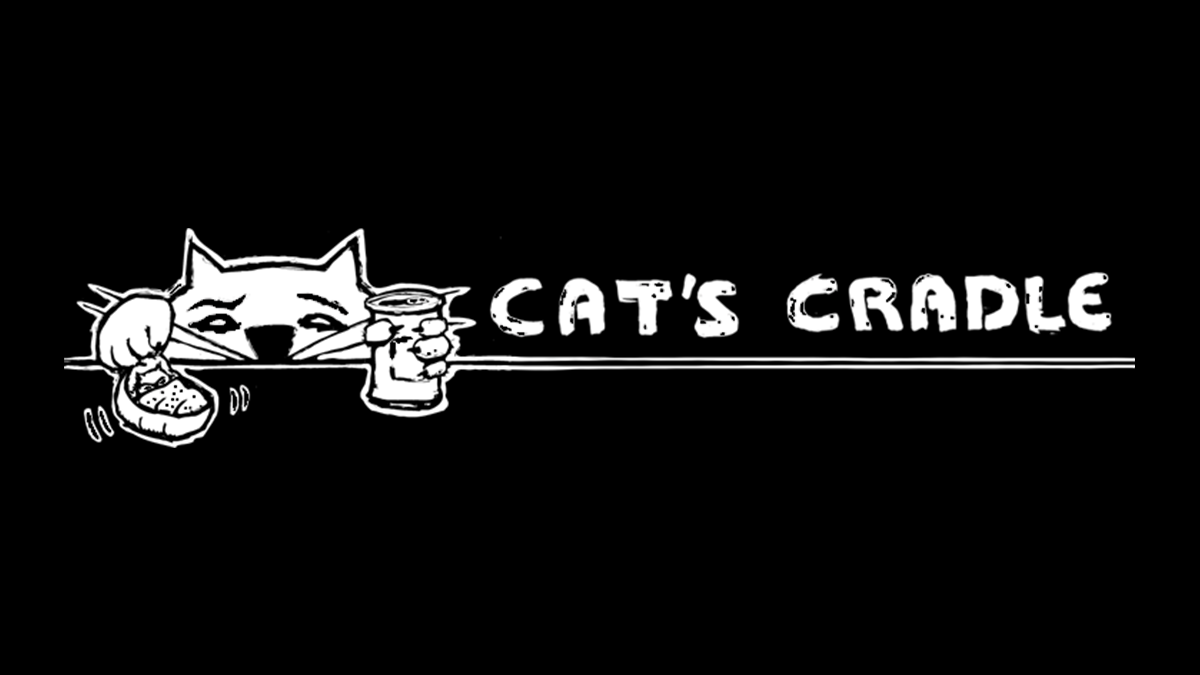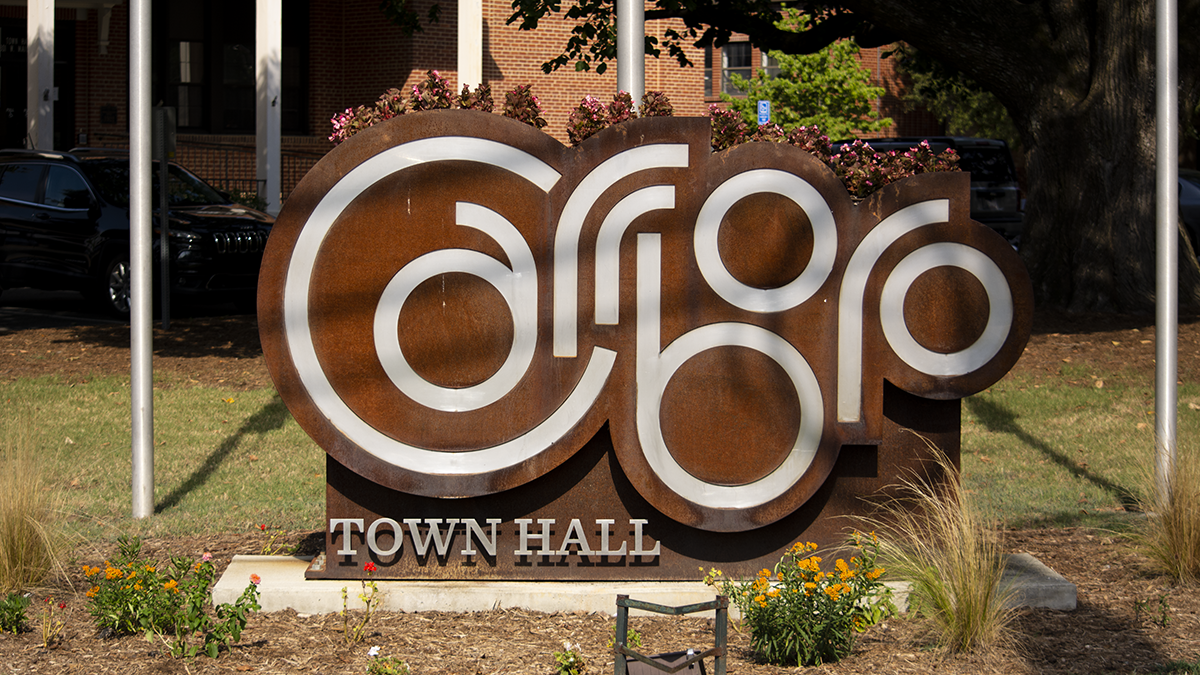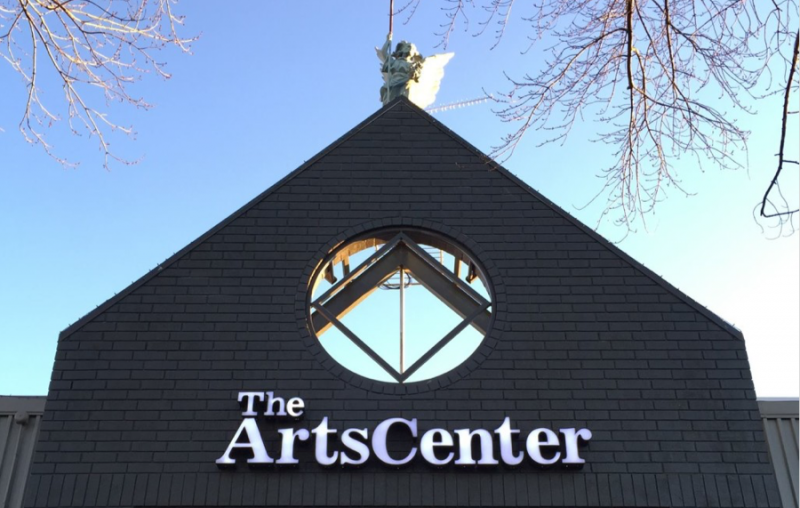CARRBORO – A “slow zone” might be coming to Downtown Carrboro. The Board of Aldermen gave the go-ahead Tuesday for town staff to explore the feasibility of the proposed traffic calming area, which some have said would reduce the number of pedestrian and bicycle-involved vehicle collisions.
Seth LaJeuness , Chair of the Carrboro Transportation Advisory Board, explained that a slow zone is a small area with well-defined boundaries with an average speed limit of 20 m.p.h. The zone is placed in areas with high pedestrian and bicycle activity and/or a history of vehicle accidents with pedestrians and bicycles.
The majority of pedestrian collisions in Carrboro happen along East Main St., between Lloyd St. and Greensboro St., and in the intersections in that stretch, including Weaver St. and Main St. LaJeunesse explained that this is the general area in which the Transportation Advisory Board hopes to implement the slow zone.
“Traffic calming and slow zones, this kind of concept on average produces crash reductions of about 30 percent, according to literature. This goes along with being able to maneuver and stop quickly. You see a lot more yielding to pedestrians,” LaJeunesse said.
Designating such zones has been accomplished in other cities by constructing artistic gateway designs. The goal is to distinguish these areas, signaling to drivers that they are entering into a new traffic zone and should slow down.
Carrboro Alderperson Jacquie Gist said that the Carrboro Arts Committee is currently working on designs that she believed would work as gateways fixtures and would be a way to promote local artists.
Gist added that she supported the idea of a slow zone, but she wanted staff to include downtown businesses in the discussion and planning phases of the proposed project.
“I don’t want it to be, ‘Here Downtown businesses, this is something we are doing to you.’ I would rather have it be something that the Downtown businesses feel that they are a part of and that they are doing with us,” Gist said.
Other measures that complement slow zones are lead pedestrian intervals, bike corrals, and curb extensions. Carrboro already offers bike corrals in locations across downtown.
Gateway structures would be approximately $10,000 each; new pedestrian signals would be approximately $1,000 or less each, and curb extensions would cost $12,000 each.
Though these additions would come at a high cost to the town, LaJeunesse said that he believed the safety and economic benefits would be worthwhile. He predicted calmer streets due to the slow down zone would promote lingering and socializing in the area and result in more business for the local shops.
Alderperson Randee Haven-O’Donnell supported the idea of pedestrian signals but pointed out that Chapel Hill controls Carrboro’s stoplights, and coordination efforts would be necessary.
“I think it is inexpensive enough, and it is important enough, and it is a great way to acculturate folks about wait time,” Haven-O’Donell said.
Slow zones are popular in New York City and in parts of Europe.






Comments on Chapelboro are moderated according to our Community Guidelines